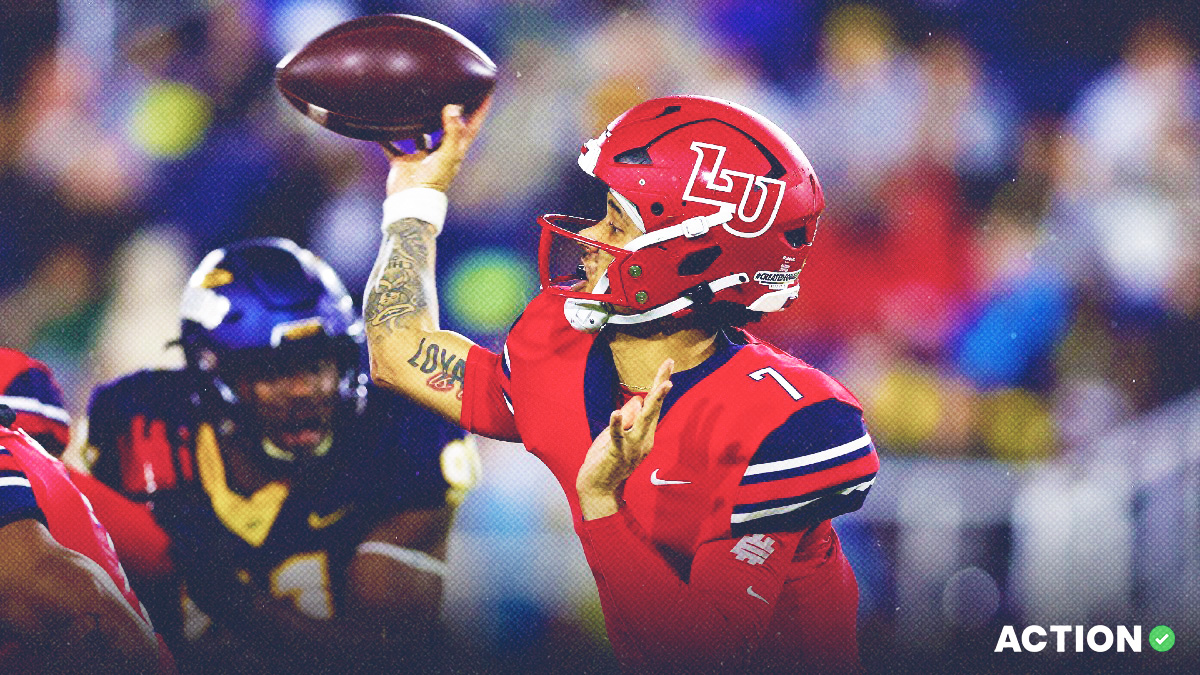Table of Contents
Sack Rate Definition
Sack rate quantifies how often a defense sacks the quarterback based on the number of dropbacks the offense had. This helps identify the actual percentage at which a defense sacks a quarterback, rather than looking at the sheer quantity involved.
If your team records 5 sacks against a team that dropped back to pass 15 times, that's far better than your team recording 6 sacks on 35 dropbacks.
Similarly, if your offense concedes 3 sacks in a game that it dropped back to pass 50 times, that's better than conceding 2 sacks on 25 dropbacks. That would be an offensive sack rate, but it serves the same purpose of evaluation.
Sack Rate Examples and Statistics
In the NFL, sack rate and the number of sacks can be more correlated than in college football, where the styles of offenses and defenses can differ greatly from team to team.
For example, Army, a team that runs a triple-option offense, passed the ball 6.2 times per game in 2020, while Mississippi State had 50.6 attempts per game.
In the NFL, the floor was the Ravens with 25.9 pass attempts per game, while the Steelers had 42.6. While the variance will still exist, it won't be to the same level as in college football.
| Team | Sack Rate (League Rank) | Number of Sacks (League Rank) |
|---|---|---|
| Pittsburgh Steelers | 9.09% (1) | 56 (1) |
| LA Rams | 8.67% (2) | 53 (2) |
| Philadelphia Eagles | 8.46% (3) | 49 (3) |
| Washington Football Team | 8.08% (4) | 47 (6) |
| Arizona Cardinals | 7.77% (5) | 48 (4) |
Of course, a team that generates more sacks will likely generate a better sack rate, as is evident with the NFL's leaders in sack rate and sacks, but sack rate will still provide you with a more accurate evaluation.
In the NCAA, sack leaders from each Power 5 conference in 2020 and their sack rates differ much more than the NFL's leaders.
| Team | Sack Rate | Number of Sacks |
|---|---|---|
| Pittsburgh | 11.2% | 46 |
| Oklahoma | 7.8% | 39 |
| UCLA | 7.9% | 23 |
| Georgia | 7.8% | 32 |
| Georgia | 8.1% | 25 |
Can Sack Rate Help Me With Betting?
This is a tough question to answer for this metric because more advanced stats are now evaluated by oddsmakers.
There isn't much of an edge to gain by using sack rate or combining it with other statistics to try and derive advantages or matchup edges for outright wagers like spreads and totals.
Nonetheless, you can use sack rate to your advantage when trying to make fantasy decisions and/or evaluating prop bets. There are so many ways to make wagers and try to exploit numbers that there is almost always a way to integrate statistics into betting or fantasy situations.
































































